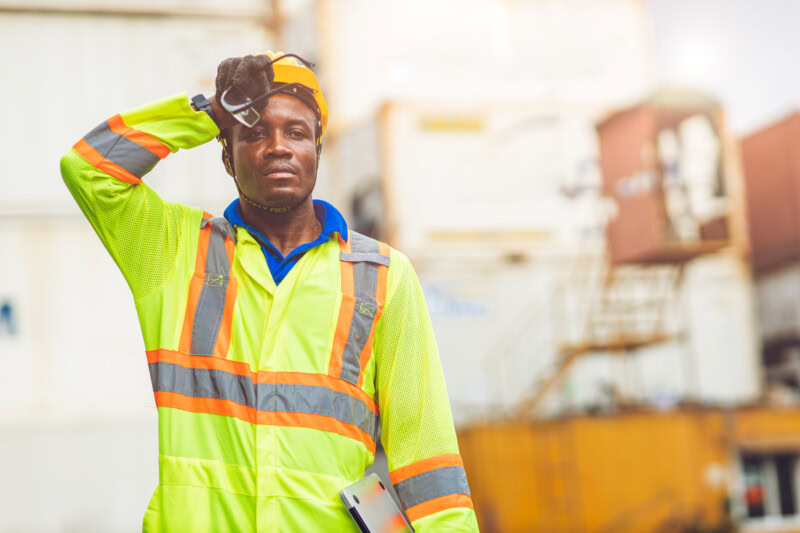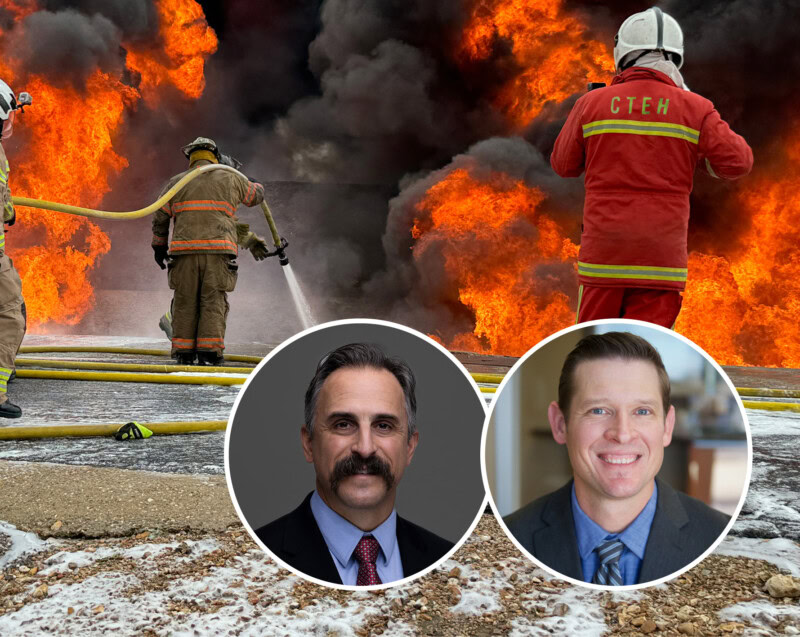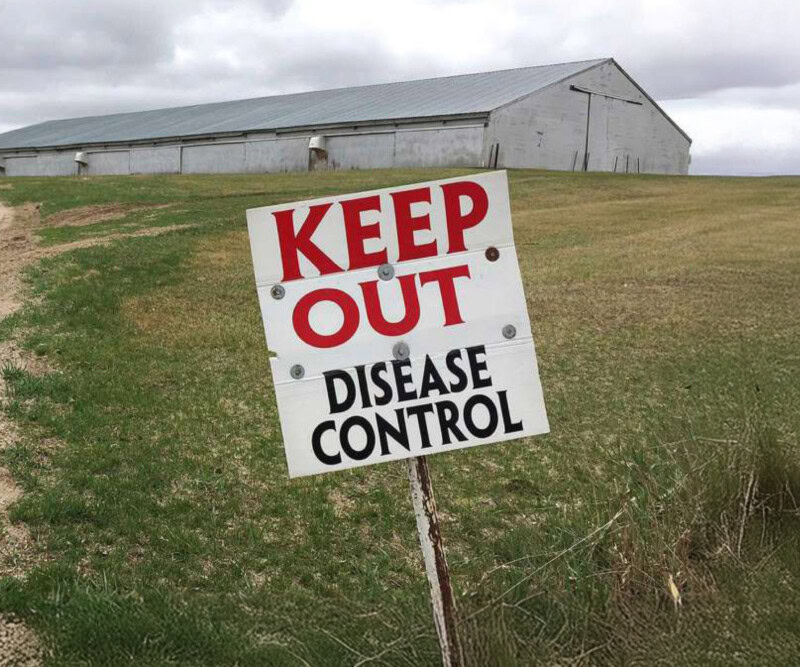Working in hot environments can pose serious risks to our health, and we are well aware of the importance of Personal Protective Equipment (PPE) in safeguarding us from workplace hazards. However, what many people might not realize is that wearing PPE in the heat can actually cause additional stress on our bodies, making it essential to take extra precautions. Heat-related illnesses can range from mild heat stress to even fatal cases of heat stroke if medical treatment is not received immediately.
Additional precautions must be taken when operating PPE in warmer weather, especially when unseasonable weather, like heat waves, strikes. As our bodies heat up, they naturally try to cool through sweating. As beads of sweat evaporate from the skin, they draw small amounts of heat from the body – a process known as evaporative cooling. However, adding PPE (e.g., chemical resistant clothing, flame resistant clothing, or respiratory protection) may greatly reduce or eliminate our ability to effectively cool ourselves by creating barriers to evaporation and actually insulating the heat. Combined with poor hydration and break practices, this combination can be dangerous and even deadly.
The Centers for Disease Control and Prevention (CDC) provide a case study where workers wore additional PPE in high temperatures while shoveling ore at a surface mine. Teams took extra precautions by only working for ten minutes at a time and hydrating during every break. Two of the workers were even then observed showing signs of heat stress and eventually ended up receiving IV treatment at a hospital (NIOSH, 2017).
The implementation of work/rest schedules and frequent hydration was important, but it was the additional protective step of team monitoring that helped keep these workers from becoming more severely injured. Many safety officers are familiar with establishing processes like fire watch during dangerous activities like welding and grinding. These precautionary measures may provide life-saving protection during weather-related safety situations as well.
Additional steps that may provide additional safety benefit when wearing PPE in extreme heat conditions:
- Take more frequent breaks
- Increase water and electrolyte intake
- Limit your time working in heightened PPE
- Monitor employees more frequently
- Encourage employees to observe one another for signs of heat stress
- Allow time for heat acclimatization
Allowing employees to take the time to acclimatize to a hot environment can be challenging when on tight project timelines. As hot seasons lengthen and intensify world-wide, it may be necessary to plan in a slower work pace during planning and scoping phase of your project. NIOSH states that the first seven to fourteen days of a project can be crucial for heat acclimatization of workers in the field (NIOSH, 2018).
While PPE is crucial for workplace safety, it’s essential to address the potential additional stress it can impose on workers during hot weather conditions. By implementing simple strategies like taking more breaks, staying hydrated, and monitoring employees closely, we can protect the health and productivity of our workers.
At CTEH, we understand the significance of effective hazard control plans and hazard awareness training. Our team of PhD toxicologists, certified safety professionals (CSPs), and certified industrial hygienists (CIHs) has extensive experience in handling heat safety issues. We are here to support your business and ensure the well-being of your workers. Don’t hesitate to contact us and add our expertise to your toolkit. Together, we can create a safer and healthier work environment for everyone.




